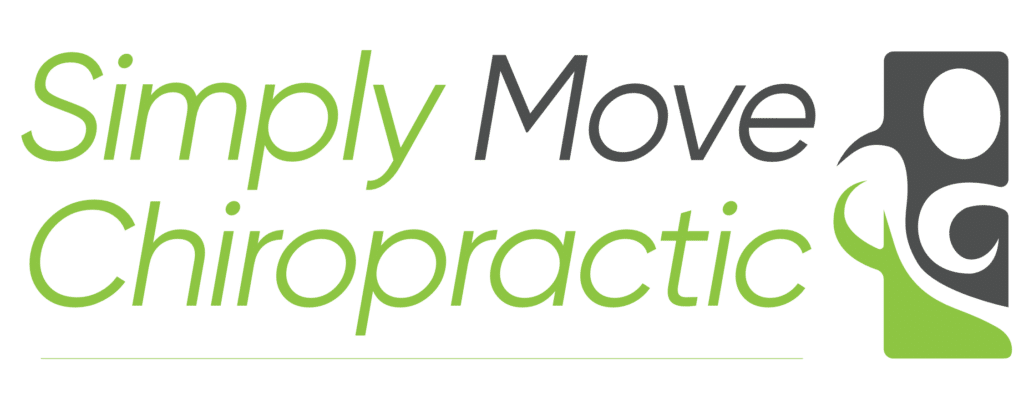As someone dedicated to helping patients find safe and effective ways to manage pain, I’ve seen firsthand the benefits of alternative therapies like cupping. Cupping therapy, an ancient technique rooted in traditional medicine, is gaining recognition for its ability to address a variety of pain conditions, from low back pain to neck and knee discomfort. Let me share some insights into how cupping works and what the latest research tells us about its effectiveness.
Research Supporting Cupping Therapy
Recent studies provide compelling evidence for the effectiveness of cupping therapy. A meta-analysis published in 2023 examined the impact of cupping on low back pain. It included 11 trials with over 900 participants and found high-quality evidence showing significant pain improvement within 2–8 weeks of treatment. Notably, cupping outperformed medication and standard care in reducing pain intensity and improving mobility.
Interestingly, the study highlighted differences in the results based on cupping type and application site. While long-term benefits (6–12 months) showed promise, the study emphasized the need for standardized protocols to confirm these results.
Another study mapping the efficacy of cupping therapy across different conditions found moderate-quality evidence supporting its use for neck pain, chronic back pain, knee osteoarthritis, and low back pain. For knee osteoarthritis, specifically, three moderate-quality analyses revealed reductions in pain scores, making cupping a viable option for joint-related discomfort.
A systematic review examining the midterm effectiveness of extracorporeal shockwave therapy (ESWT) for this condition found promising results. This review analyzed multiple studies and concluded that ESWT effectively reduced pain and improved shoulder function in patients who hadn’t responded to other treatments. Importantly, these benefits persisted for at least six months after treatment.
The findings also suggest that ESWT is a safe alternative to surgery, offering similar outcomes with fewer risks and less downtime. However, the review did highlight a need for more standardized protocols to guide dosing and ensure long-term effectiveness. In my practice, I use evidence-based parameters to tailor shockwave therapy sessions for each patient, maximizing their results.
Cupping for Specific Pain Conditions
At my practice, I’ve used cupping therapy to treat various types of pain, including:
•Low Back Pain: Chronic and non-specific low back pain often respond well to targeted cupping, helping reduce stiffness and improve function.
•Neck Pain: Whether caused by postural issues or stress, cupping offers relief by loosening tight muscles and increasing blood flow to the area.
•Knee Pain: Patients with osteoarthritis or sports-related injuries frequently find reduced pain and swelling after a few cupping sessions.
Why Choose Cupping Therapy?
One of the most appealing aspects of cupping therapy is its non-invasive nature and safety profile. It serves as a powerful complement to other treatments, like Active Release Technique or dry needling, providing additional tools to address pain holistically. While more research is needed to establish long-term benefits, the evidence so far suggests that cupping can deliver meaningful, short-term pain relief for many individuals.
My Approach to Cupping
When incorporating cupping into a treatment plan at my practice in Charlotte, I tailor each session to the patient’s unique needs. Whether it’s focusing on acupoints for better results or integrating cupping with other therapies, my goal is to provide an individualized approach that maximizes outcomes.
If you’re curious about whether cupping therapy might help with your pain, I’d love to discuss your options. Together, we can explore this ancient yet innovative method as part of a comprehensive treatment plan.



